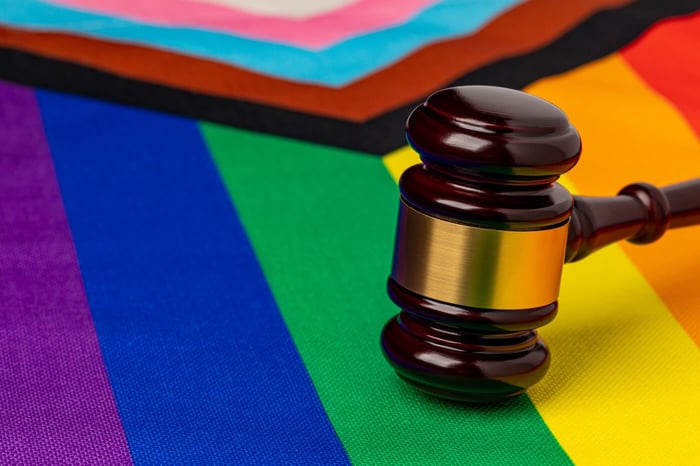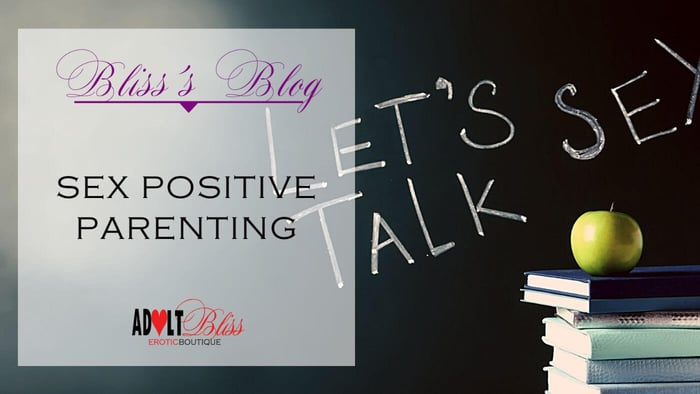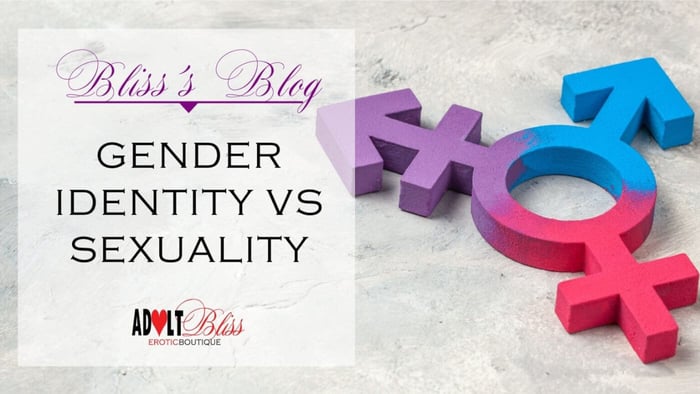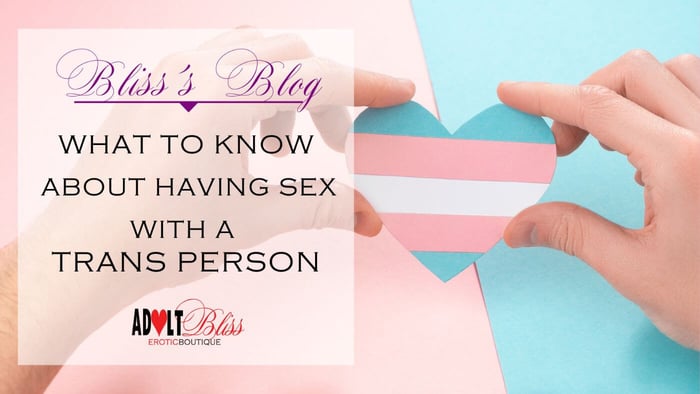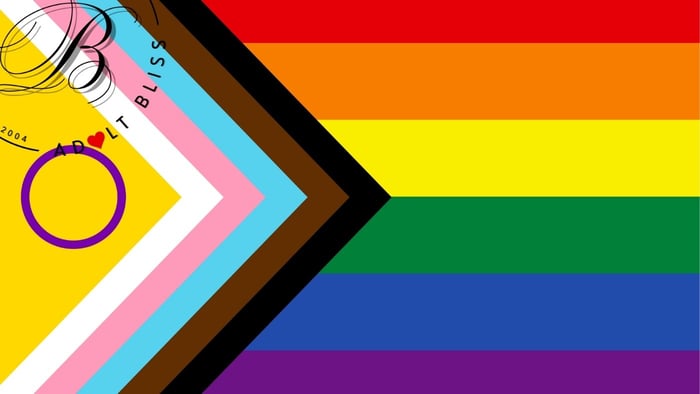
Pride Month: Understand the Revolutionary History
Jump To Section
What is Pride Month All About?
You might have heard that June is Pride Month, but what does that actually mean? Where did it come from, what does it stand for today, and how can you be a part of it, whether you're in the LGBTQIA+ community or a proud ally?
Let’s take a deeper dive into the origins, meaning, and ongoing importance of Pride Month, and why it still matters today.
Why June?
Pride Month is celebrated in June to honour the Stonewall Riots of June 1969, a pivotal moment in the modern LGBTQIA+ rights movement. The riots began after a police raid on the Stonewall Inn, a gay bar in New York City’s Greenwich Village. The LGBTQIA+ patrons, who had long been harassed and discriminated against by law enforcement, fought back. For six days, protests raged in the streets, led primarily by trans women of colour like Marsha P. Johnson and Sylvia Rivera, who became icons of the movement.
Stonewall was not the beginning of LGBTQIA+ resistance, but it became a lightning rod moment. It sparked organised action around the world. The first Pride march took place on the one-year anniversary of the riots in 1970, and Pride has been growing ever since.
From Protest to Celebration
Pride started as a radical protest, a refusal to be erased. Over time, it has evolved into a global celebration of diversity, love, identity, and freedom.
Today, Pride Month includes:
Marches and Parades that still honour the activist roots of Pride.
Drag shows, art installations, and music festivals celebrating queer creativity and talent.
Educational panels and workshops covering everything from gender identity and queer history to legal rights and health.
Community outreach events, including free health clinics, peer support meetups, and services for LGBTQIA+ youth.
Pride is both a party and a protest, a moment of visibility and a month of reflection.
A Month of Remembrance and Joy
At its heart, Pride Month is a time to reflect on how far the LGBTQIA+ community has come, and how much work still needs to be done.
We remember the many queer folks who lived and loved in silence or secrecy. We remember those lost to violence, to discrimination, to HIV/AIDS, to isolation. We remember those whose contributions to culture, science, politics, and society were erased or ignored because of who they were.
We also celebrate. We celebrate love in all its forms. We celebrate self-expression. We celebrate our chosen families and the communities that have helped us grow.
And we remember that joy itself is a form of resistance.
The Global Influence of Pride
While Pride Month originated in the United States, it is now observed around the world. From London and Sydney to São Paulo and Johannesburg, global Pride events draw millions of attendees.
In New York City, the annual Pride March draws more than half a million people and features activists, artists, politicians, performers, and everyday people from all walks of life. In Madrid, Toronto, and San Francisco, Pride has become a multi-week celebration packed with events, including youth-focused spaces, inclusive religious services, queer film festivals, and more.
In many countries where LGBTQIA+ rights are still heavily restricted or even criminalised, Pride may be quieter, more underground, or symbolic, but it is no less powerful.
The Ongoing Struggles
It’s easy to think that the fight for equality is over, especially when we see rainbow flags flying and queer celebrities on magazine covers. But Pride Month also serves as a stark reminder of the real challenges still faced by LGBTQIA+ people around the world.
In Australia and other Western countries, progress has been made, but there is still work to do:
Trans and gender-diverse people face higher rates of violence, discrimination, and poor mental health outcomes.
Queer youth are more likely to experience bullying, homelessness, and lack of family support.
Intersex rights, asexual visibility, and non-binary recognition are still lacking in public understanding and legal protections.
In other parts of the world, being queer can still lead to imprisonment, forced marriage, or death.
So while Pride is joyful, it’s also a call to action.
How Can You Support Pride?
Whether you're LGBTQIA+ or an ally, there are so many ways to show your support during Pride Month, and beyond. Here are just a few:
1. Educate Yourself
Take the time to read about queer history, terminology, and experiences. Learn about intersectionality, and how race, gender, class, and sexuality intersect in people’s lives.
Some great starting points:
"The Stonewall Reader" (edited by the New York Public Library)
Documentaries like Disclosure, Paris is Burning, and Pride
Podcasts like Making Gay History or QueerAF
2. Support LGBTQIA+ Creators and Businesses
Shop from queer-owned businesses. Buy books from queer authors, listen to queer musicians, attend drag shows or local queer art exhibitions. Your dollar is a vote, and choosing where to spend it makes a difference.
3. Donate to Queer Organisations
Consider giving to groups like:
Minus18 (supporting LGBTQIA+ youth in Australia)
Black Rainbow (supporting First Nations queer folk)
4. Show Up
Attend your local Pride event, protest, or workshop. Offer your time as a volunteer. Be visible as an ally in your workplace, school, or community space.
If you’re in Adelaide, check out events by:
Feast Festival
Adelaide Leather and Fetish
Or club at queer own venues line Marrys Poppin
My Lover Cindy
5. Speak Up
When you hear homophobic, transphobic, or discriminatory language, challenge it. Whether it’s at a dinner table, in the workplace, or online, being a good ally means using your voice when others can’t.
What Pride Means to Us
Pride isn’t about fitting into boxes. It’s about tearing the boxes apart and building something new.
It’s about affirming that LGBTQIA+ people don’t just exist, they thrive. We love, we work, we create, we raise families, we build futures. We are part of every society, culture, and community.
Pride Month reminds us that even when faced with hate, we lead with love. Even when silenced, we keep speaking. Even when erased, we keep showing up.
Final Thoughts
Pride Month is not just a celebration, it’s a movement. It’s not just for queer people, it’s for anyone who believes in equality, inclusion, and justice. It’s for every person who knows that love is love, and that diversity makes us stronger, not weaker.
If you’ve never been to a Pride event before, go. If you don’t know much about queer history, learn. If you’ve been quiet in the past, speak up now.
Because Pride isn’t just a month on the calendar. It’s a lifelong commitment to building a better world for everyone.
Check out some Great resources here:
FAQs
How can allies show support during Pride Month?
By listening, learning, amplifying LGBTQIA+ voices, attending events, supporting queer-owned businesses, and donating to relevant causes.
Is Pride Month only for the LGBTQIA+ community?
Pride celebrates the LGBTQIA+ community, but allies are welcome and encouraged to participate respectfully and supportively.
Why are Pride events still necessary today?
While progress has been made, LGBTQIA+ individuals still face discrimination, legal challenges, and stigma. Pride events raise awareness and push for continued change.
What is Pride Month and why is it celebrated?
Pride Month is celebrated every June to honor the LGBTQIA+ community, commemorate the Stonewall Riots of 1969, and advocate for equal rights, acceptance, and visibility.
How can I celebrate Pride Month if I’m not out yet?
Pride is about being true to yourself at your own pace. You can celebrate privately through reading, art, movies, journaling, or connecting with online communities.
What are some ways businesses can support Pride meaningfully?
Beyond rainbow marketing, businesses should support LGBTQIA+ staff, donate to causes, use inclusive language, and collaborate with queer creators year-round.
What’s the difference between Pride Month and local Pride events?
Pride Month happens globally in June, but local events may take place throughout the year depending on the city or region.
What does LGBTQIA+ stand for?
Lesbian, Gay, Bisexual, Transgender, Queer/Questioning, Intersex, Asexual (plus other identities such as nonbinary and pansexual).
Is it okay to ask someone about their pronouns or identity during Pride?
Yes if done respectfully. Asking someone’s pronouns shows respect and helps create inclusive spaces, but never pressure anyone to share more than they’re comfortable with.


